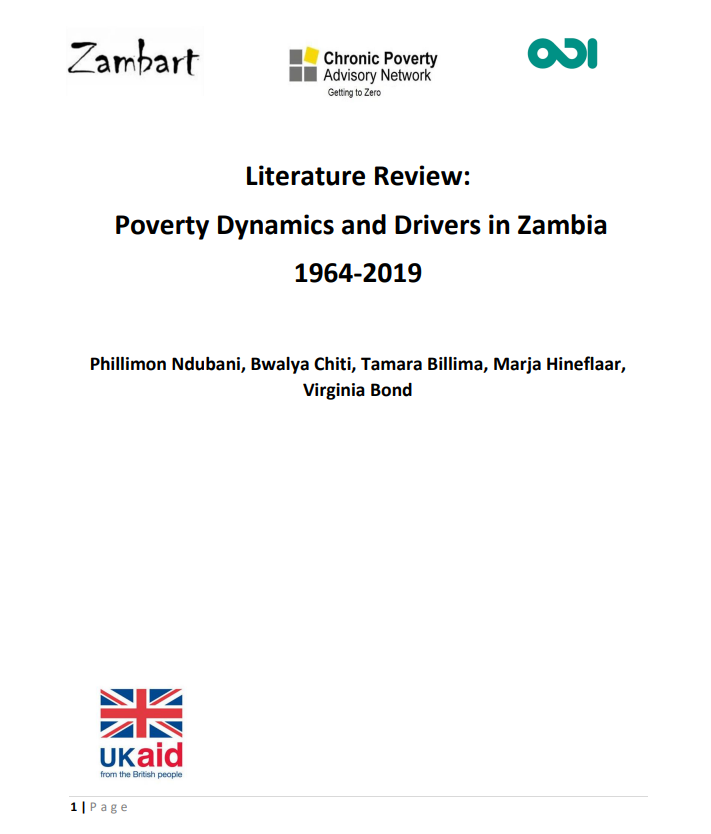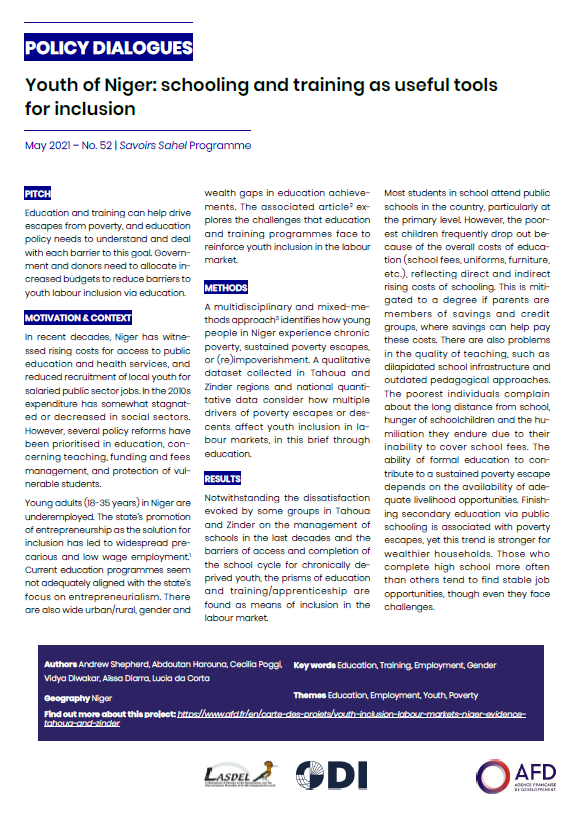The World Social Report 2025 (forthcoming) will offer a survey of social challenges that stand in the way of progress towards the Sustainable Development Goals. A series of thematic papers is being developed by UNDESA to provide more detailed analysis on each of these challenges, including the core commitments from the 1995 Copenhagen Declaration and Programme of Action. The first of the thematic papers focuses on poverty, and draws on a background paper produced by Andrew Shepherd and Vidya Diwakar. Linked to the thematic paper and its associated policy brief are presented here.
The thematic paper recognizes that world has made significant headway towards eradicating poverty in recent decades. Accelerating the speed of progress and avoiding setbacks remain critical challenges. While poverty is increasingly entrenched in the poorest countries and regions, the Covid-19 pandemic and subsequent crises have exposed that gains are fragile, even in countries that had succeeded in reducing it. Growing evidence on the dynamics of poverty shows that many people are still one misfortune away from falling below the poverty line. Many do so, despite declines in the total number of people in poverty. Progress in reducing it is much more volatile than the conventional, aggregate picture of gradual reductions suggests. Covid-19 and the growing threats from climate change and conflict serve as yet another reminder that reaching the elusive goal of eradicating poverty is not only a matter of lifting people above it. It also requires creating resilience.





